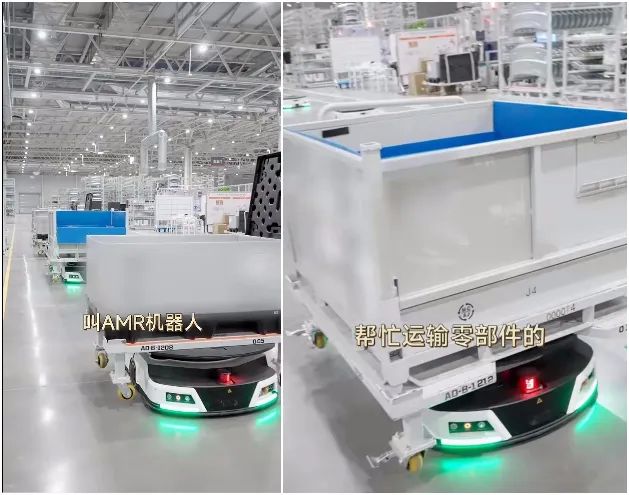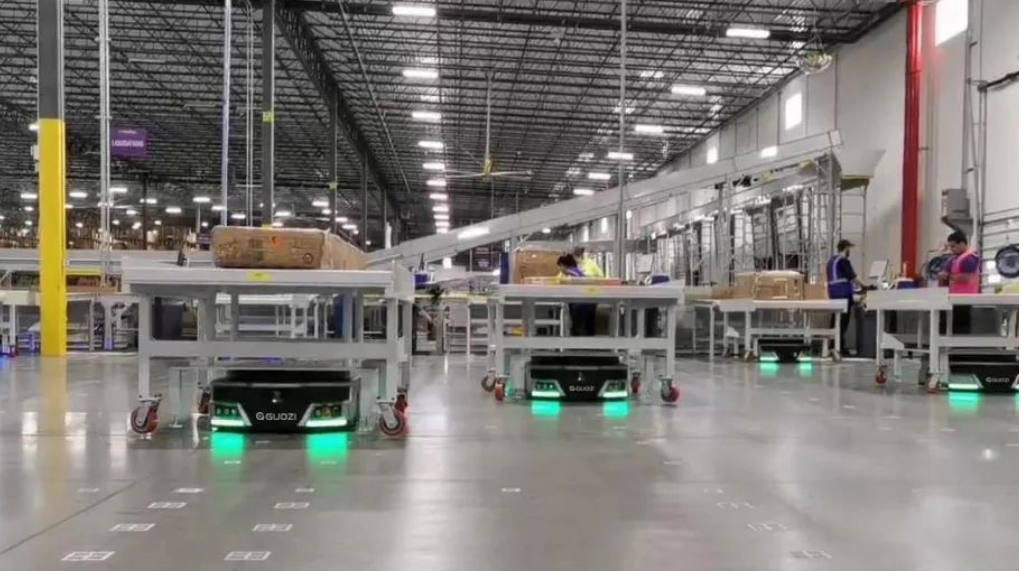As the Internet of Things (IoT) technology continues to mature, more and more devices are becoming networked, forming a huge network system. In this system, CTU (Cellular Tower Unifier) technology plays a crucial role. Especially in the robotics industry, the application of CTU technology is changing the traditional operation mode and bringing new development opportunities for the industry. This paper will focus on the application of CTU technology in IoT devices, and take the robotics industry as an example for an in-depth discussion.
Introduction of CTU Technology
CTU technology is a new type of communication technology based on the cellular network, which realizes optimal allocation of the network resources by unifying the control and management of multiple cellular towers.The core advantages of CTU technology are to improve the network coverage, enhance signal stability, reduce communication costs, and provide more flexible network access solutions for IoT devices.
Applications of CTU technology in the robotics industry
1. Flexibility of network access and Stability
The robotics industry has extremely high requirements for network access flexibility and stability.CTU technology meets these requirements by:
(1) Multi-network Convergence: CTU technology is capable of integrating cellular network resources from different carriers to provide broader network coverage for the robots. robots to provide wider network coverage.
(2) Intelligent switching: During the robot's movement, CTU technology can realize seamless network switching to ensure communication continuity.
2. Efficient data transmission
Robots need to transmit a large amount of data in real time, and CTU technology plays an important role in improving the efficiency of data transmission:
(1) Data compression: CTU technology can compress data to reduce the amount of data in the transmission process and improve the transmission speed.
(2) Priority scheduling: For different data types and demands, CTU technology can implement priority scheduling to ensure that critical data is transmitted first.
3. Intelligent energy management
Robots work for long hours, and energy management is crucial.CTU technology helps robots realize intelligent management of energy in the following ways:
(1) Dynamic adjustment: according to the robot's working state and communication requirements, CTU technology can dynamically adjust the power consumption of the communication module.
(2) Low-power mode: when the communication demand is low, the CTU technology can switch the robot communication module to low-power mode to extend the working time.
Case study of CTU technology application in robotics industry
1. Warehouse logistics robot
Using CTU technology, warehouse logistics robots can realize real-time communication with the warehouse management system, accurately perform tasks such as cargo handling and inventory, and improve the efficiency of warehouse management.
2. Medical service robots
CTU technology provides stable network support for medical service robots, enabling the robots to remotely transmit patient data and assist doctors in diagnosis and treatment.
Challenges and outlook
Despite the CTU technology has a promising future in the robotics industry, it still faces the following challenges:
1. Technology standardization: CTU technology is not highly standardized, and there are problems with the compatibility of devices from different manufacturers.
2. Security: with the development of network technology, CTU technology needs to continuously improve security measures to protect robots from cyber attacks.
Looking to the future, with the continuous maturity of CTU technology and the improvement of the industrial chain, its application in the robotics industry will be more widely used, and is expected to promote the robotics industry to a higher level of development.







